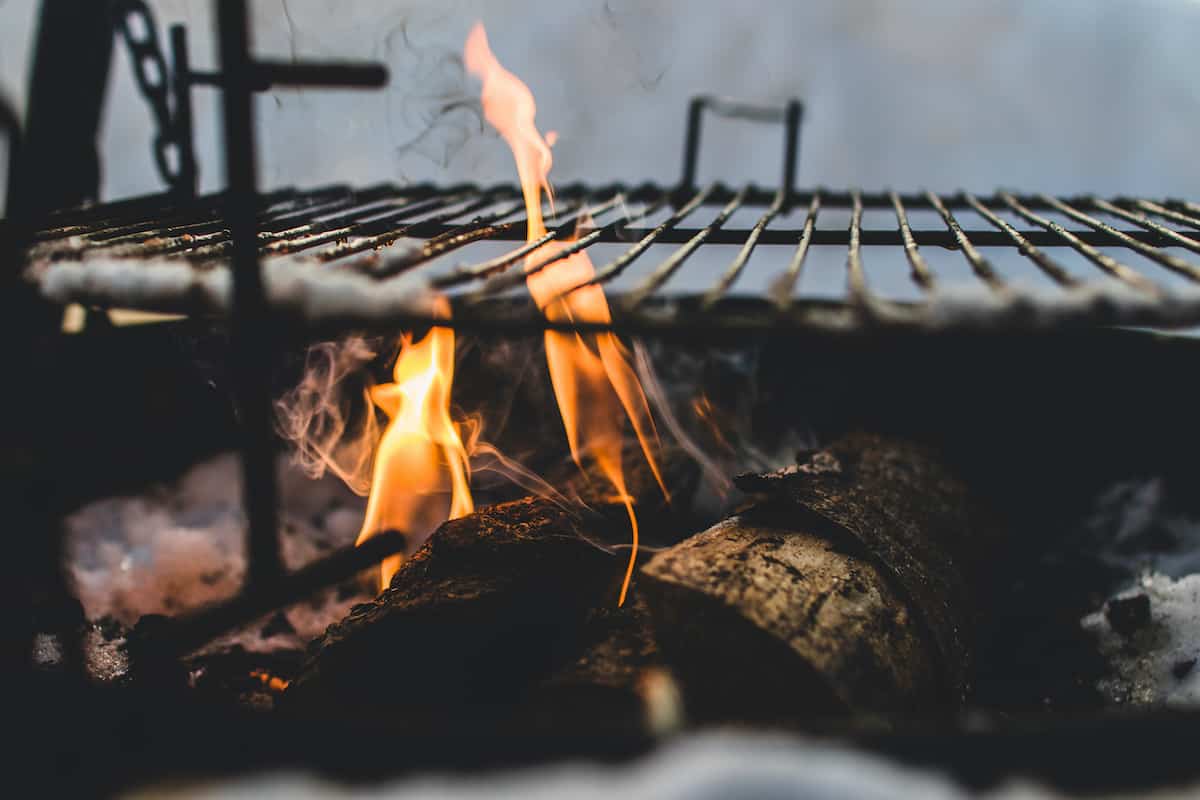

Articles
What Temperature Is Medium Heat On A Grill
Modified: October 20, 2024
Learn what temperature is considered medium heat on a grill with our informative articles. Master the art of grilling with expert tips and techniques.
(Many of the links in this article redirect to a specific reviewed product. Your purchase of these products through affiliate links helps to generate commission for Storables.com, at no extra cost. Learn more)
Introduction
Grilling is one of the most popular methods of cooking, especially during the warm summer months. Whether you’re a seasoned grill master or a beginner, understanding the different heat levels on a grill is crucial for achieving the perfect results. Among the various heat levels available, medium heat holds a special place. In this article, we will delve into the world of grilling and explore what temperature constitutes medium heat on a grill.
Grill heat levels are categorized into three main categories: low, medium, and high. Each heat level serves a unique purpose and is suitable for different types of food. While low heat is great for slow cooking and smoking, and high heat is ideal for searing and achieving a crispy exterior, medium heat strikes a balance between the two.
When it comes to grilling, medium heat is considered the sweet spot for a variety of dishes. It allows for even cooking, imparting a delicious charred flavor without burning the food. Understanding how to achieve and maintain medium heat will elevate your grilling skills and ensure that your meals are perfectly cooked every time.
Now let’s take a closer look at what temperature range defines medium heat on a grill.
Key Takeaways:
- Mastering medium heat on a grill is essential for achieving perfectly cooked, flavorful dishes. Preheat, use a thermometer, and create heat zones to elevate your grilling game.
- Medium heat opens up a world of culinary possibilities, from juicy chicken skewers to caramelized grilled pineapple. Experiment, practice, and enjoy the art of grilling!
Understanding Grill Heat Levels
Before we dive into the specifics of medium heat on a grill, let’s take a moment to understand the different heat levels that can be achieved on a typical grill.
Low Heat: This is the lowest temperature setting on a grill. It ranges between 225°F to 275°F (107°C to 135°C). Low heat is primarily used for slow cooking and smoking foods such as ribs, brisket, and whole poultry. It allows for a longer cooking time, resulting in tender and flavorful dishes.
Medium Heat: This heat level falls in the range of 350°F to 400°F (177°C to 204°C). It is the most widely used heat setting for grilling various types of food. Medium heat ensures even cooking and helps achieve a delightful balance between a well-cooked interior and a lightly charred exterior.
High Heat: On the upper end of the temperature spectrum, high heat reaches around 450°F to 600°F (232°C to 315°C). This heat level is perfect for searing steaks, burgers, and vegetables, creating a caramelized crust while maintaining a juicy center.
Understanding these heat levels is essential for controlling the cooking process and achieving the desired results. However, when it comes to mastering the art of grilling, learning how to maintain medium heat is crucial.
Next, we will explore and define medium heat on a grill, giving you a clear understanding of the optimal temperature range.
Defining Medium Heat on a Grill
Medium heat on a grill refers to the temperature range at which food can be cooked evenly while still achieving a delicate char on the outside. It typically ranges between 350°F to 400°F (177°C to 204°C). This heat level is ideal for grilling a wide variety of dishes, from juicy steaks to tender vegetables.
When you cook at medium heat, you allow the food to cook thoroughly without the risk of burning the exterior. This allows for that desirable Maillard reaction, which enhances the flavor and creates a delicious crust on the surface of the food.
Properly achieving and maintaining medium heat is crucial for successful grilling. To ensure that your grill is at medium heat, preheat it for about 10-15 minutes before placing the food on the grates. This helps to evenly distribute the heat and prepares the grill for optimal cooking.
Using a grill thermometer is highly recommended to accurately measure and monitor the temperature. Place the thermometer on the grill grates, away from direct heat, to get an accurate reading. Adjust the heat as needed to maintain it within the desired medium heat range.
While medium heat is versatile and suitable for a wide range of recipes, it’s important to note that cooking times may vary depending on the thickness and type of food. Thicker cuts of meat or denser vegetables may require slightly longer cooking times to achieve the desired doneness.
Now that we have defined medium heat on a grill, let’s explore the factors that can affect and influence the temperature range.
Factors Affecting Medium Heat
When it comes to grilling and achieving medium heat, there are several factors that can affect the temperature range and cooking time. Understanding these factors will help you better control and adjust the heat to achieve optimal results.
Grill Type: The type of grill you are using can have an impact on heat distribution and control. Gas grills and charcoal grills differ in terms of heat output and how they retain and circulate heat. Gas grills tend to offer more precise temperature control, while charcoal grills require more manual adjustments to maintain consistent heat.
Weather Conditions: External factors such as wind, humidity, and ambient temperature can influence the heat level of a grill. Windy conditions can cause heat loss and uneven cooking, while high humidity can affect the efficiency of heat transfer. It’s important to be mindful of the weather conditions and make adjustments as necessary to maintain medium heat.
Grill Size: The size of your grill can affect heat distribution. Larger grills may require more time to reach and maintain medium heat, as they have a larger cooking surface area and more air space to heat up. Smaller grills, on the other hand, may reach medium heat more quickly, but you may need to adjust the heat settings accordingly to avoid cooking too hot.
Fuel Choice: The type of fuel you use in your grill can also impact the heat level. Charcoal briquettes burn at a lower temperature compared to lump charcoal, which can affect the overall heat output. Gas grills, on the other hand, offer precise heat control through adjustable burners.
Grill Maintenance: Regular grill maintenance is important for optimal heat performance. Clean grates and burners ensure proper heat distribution and prevent any obstructions that may affect the heat flow. A well-maintained grill will provide better medium heat control and consistent cooking results.
By considering these factors and making the necessary adjustments, you can effectively achieve and maintain medium heat on your grill. Now that you have a good understanding of the factors that can affect medium heat, let’s explore some tips to help you achieve the perfect medium heat on your grill.
Medium heat on a grill is typically around 350-400°F (175-200°C). This is the ideal temperature for cooking foods like chicken, pork chops, and vegetables, allowing them to cook through without burning on the outside.
Tips for Achieving Medium Heat on a Grill
Achieving and maintaining medium heat on a grill can sometimes be a bit tricky, but with the right techniques and strategies, you can master this heat level and elevate your grilling skills. Here are some tips to help you achieve the perfect medium heat on your grill:
- Preheat the Grill: Before you start cooking, preheating the grill is essential. It allows the grates to get hot and helps distribute heat evenly. Preheat the grill for about 10-15 minutes, with the lid closed.
- Use a Grill Thermometer: Invest in a good quality grill thermometer to accurately measure the temperature. Place the thermometer on the grill grates, away from direct heat, to get an accurate reading. This will help you monitor and adjust the heat as needed.
- Create Heat Zones: For better control over the heat level, create heat zones on your grill. One side of the grill can be set to medium heat, while the other side can be set to low or high heat. This allows you to move the food around depending on how it’s cooking.
- Regulate Gas Grill Burners: If you’re using a gas grill, regulate the burner knob to adjust the heat output. For medium heat, set the burners to around 50% to 75% capacity. This will provide a consistent and even heat level.
- Arrange Charcoal Properly: If you’re using a charcoal grill, arrange the charcoal properly to achieve medium heat. Stack the charcoal in a pyramid shape and light it. Once the briquettes are evenly lit, spread them out in a single layer for medium heat.
- Control Air Vents: For charcoal grills, adjust the air vents to control the airflow. The more open the vents are, the hotter the fire will be. Adjust the vents to achieve and maintain medium heat.
- Monitor Cooking Time: Keep a close eye on the cooking time, as different foods require varied cook times to reach medium doneness. Use a timer and regularly check the internal temperature of the food with a meat thermometer to ensure it is fully cooked.
- Practice and Experiment: Grilling is both an art and a science, so don’t be afraid to practice and experiment with different techniques. By trying different methods and recipes, you’ll gain a better understanding of your grill and how to achieve the perfect medium heat.
By following these tips, you’ll be well on your way to achieving the desired medium heat on your grill. Now, let’s explore some delicious recipes that are perfectly suited for medium heat.
Recipes Perfect for Medium Heat
Medium heat on a grill opens up a world of culinary possibilities. It’s the ideal temperature range for cooking a variety of dishes that require even heat distribution and a balance between a well-cooked interior and a lightly charred exterior. Here are some mouthwatering recipes that are perfect for medium heat:
- Grilled Chicken Skewers: Marinate chicken pieces in a flavorful blend of herbs, spices, and lemon juice. Skewer the chicken and grill them at medium heat until they are cooked through and slightly charred. Serve with a side of tzatziki sauce for a delicious and healthy meal.
- Grilled Veggie Kabobs: Thread a colorful assortment of vegetables, such as bell peppers, zucchini, mushrooms, and onions, onto skewers. Drizzle with olive oil, sprinkle with seasoning, and grill at medium heat until the veggies are tender and caramelized. These kabobs make a delightful side dish or vegetarian main course.
- Medium-Rare Steak: Season your favorite cut of steak with salt, pepper, and any desired herbs or spices. Grill the steak at medium heat for a few minutes on each side, depending on the thickness, until it reaches medium-rare doneness. Allow the steak to rest before slicing and serving.
- Corn on the Cob: Brush corn on the cob with butter and seasonings, such as chili powder or paprika. Grill the corn at medium heat, turning occasionally, until it is tender and charred in spots. Serve with a sprinkle of fresh herbs and a squeeze of lime juice for a delightful summer side dish.
- Grilled Pineapple: Slice fresh pineapple into rings and brush them with a mixture of honey and cinnamon. Grill the pineapple at medium heat until it’s caramelized and slightly charred. Serve as a sweet and tangy dessert or a unique topping for burgers or tacos.
- Mediterranean Grilled Shrimp: Marinate shrimp in a mixture of olive oil, garlic, lemon juice, and herbs. Skewer the shrimp and grill them at medium heat until they are pink and slightly charred. Serve as a tasty appetizer or a main course alongside a fresh salad.
- Grilled Portobello Mushroom Burger: Marinate large portobello mushroom caps in a mix of balsamic vinegar, garlic, and olive oil. Grill the mushrooms at medium heat until they are tender and have grill marks. Serve them on a bun with your favorite toppings for a hearty vegetarian burger option.
These recipes are just a starting point, and the possibilities are endless. Feel free to experiment with different ingredients, flavors, and techniques to create your own signature dishes on your grill. With medium heat, you’ll be able to achieve a perfect balance of flavors and textures in your grilled meals.
Now that you have a collection of delicious recipes, it’s time to fire up the grill and put your skills to the test. Enjoy the wonderful world of grilling with medium heat!
Conclusion
Grilling is a beloved cooking method that allows us to enjoy delicious and flavorful meals with a touch of smoky goodness. Understanding the different heat levels on a grill is key to achieving the perfect results, and medium heat holds a special place in this realm. It strikes a balance between slow cooking and searing, allowing for even cooking and a delightful char on the outside of your food.
We’ve explored the definition of medium heat on a grill, the factors that can affect it, and provided tips to help you achieve and maintain this ideal temperature range. By preheating your grill, using a thermometer, creating heat zones, and paying attention to other factors like weather conditions and grill maintenance, you can elevate your grilling game and produce mouthwatering dishes every time.
Additionally, we’ve shared a collection of recipes that are perfectly suited for medium heat, including chicken skewers, grilled veggie kabobs, medium-rare steak, corn on the cob, grilled pineapple, Mediterranean grilled shrimp, and a delicious portobello mushroom burger. These recipes serve as a starting point for your grilling adventures and offer a range of flavors and options to satisfy your taste buds.
As you embark on your grilling journey, don’t be afraid to experiment and explore new flavors, techniques, and recipes. Grilling is a versatile and enjoyable cooking method that allows you to showcase your culinary creativity and impress your family and friends with delicious meals.
So, fire up your grill, embrace the medium heat, and let the sizzle and aroma transport you to a world of delectable delights. With a little practice, patience, and the right techniques, you’ll become a grilling expert in no time. Happy grilling!
Frequently Asked Questions about What Temperature Is Medium Heat On A Grill
Was this page helpful?
At Storables.com, we guarantee accurate and reliable information. Our content, validated by Expert Board Contributors, is crafted following stringent Editorial Policies. We're committed to providing you with well-researched, expert-backed insights for all your informational needs.
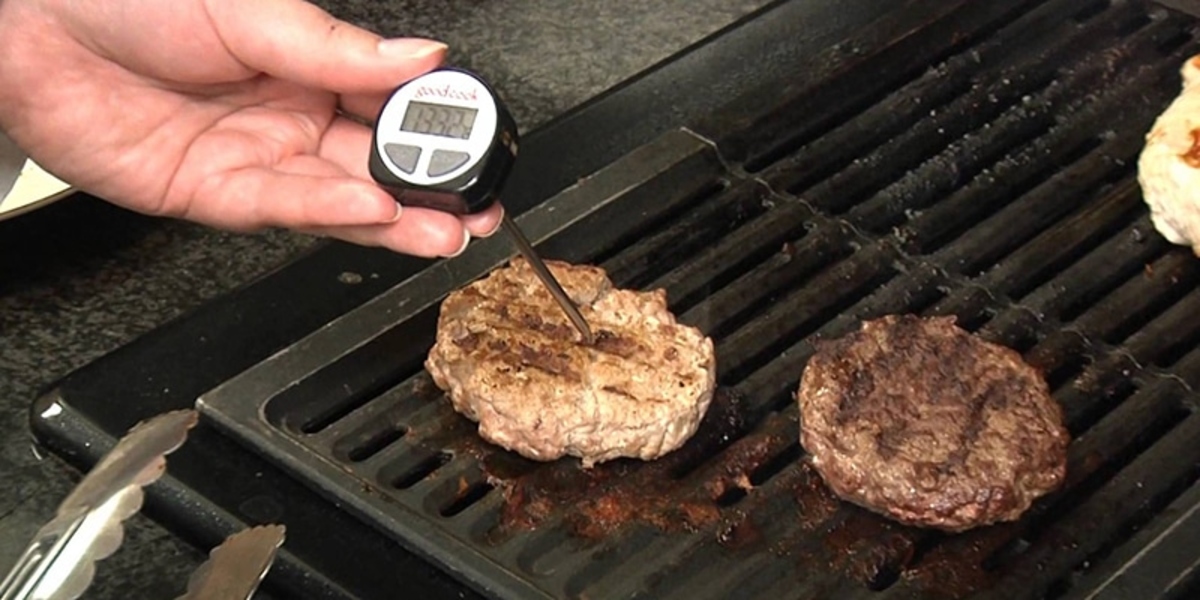
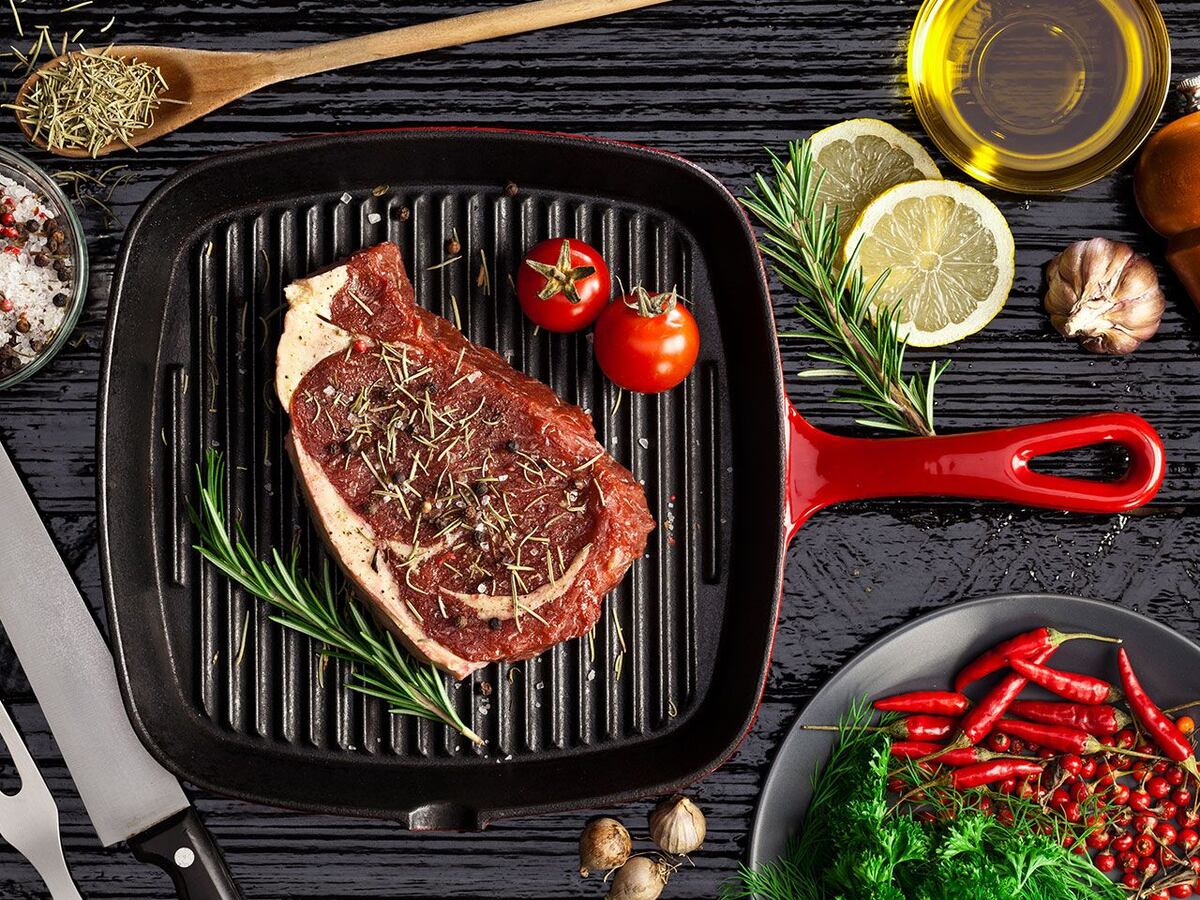
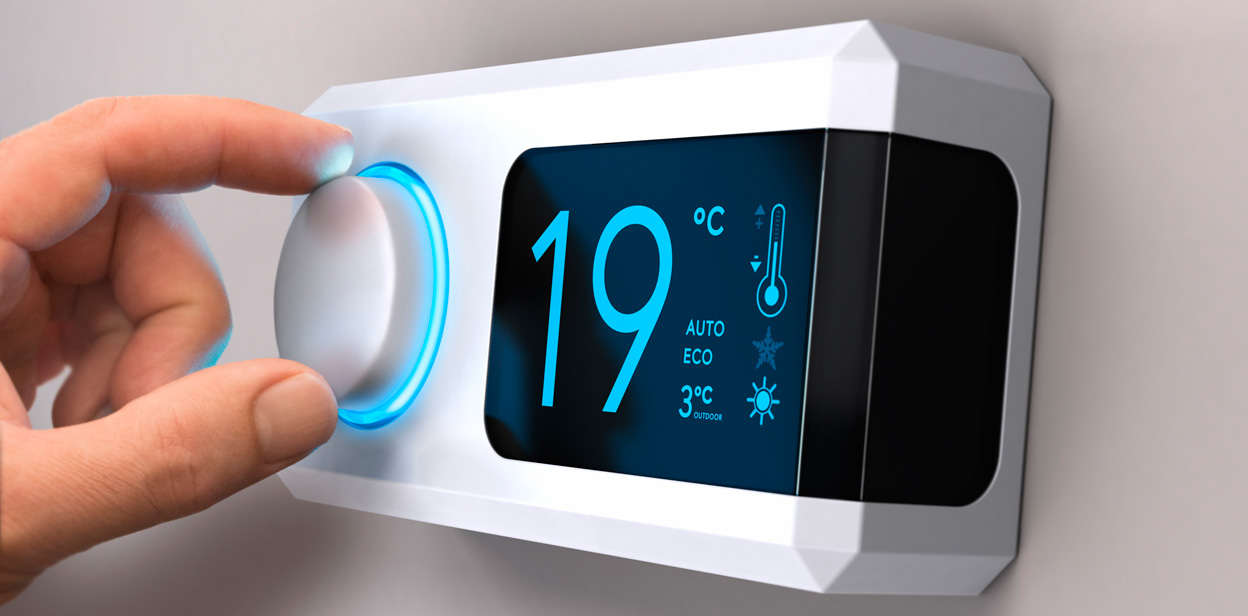
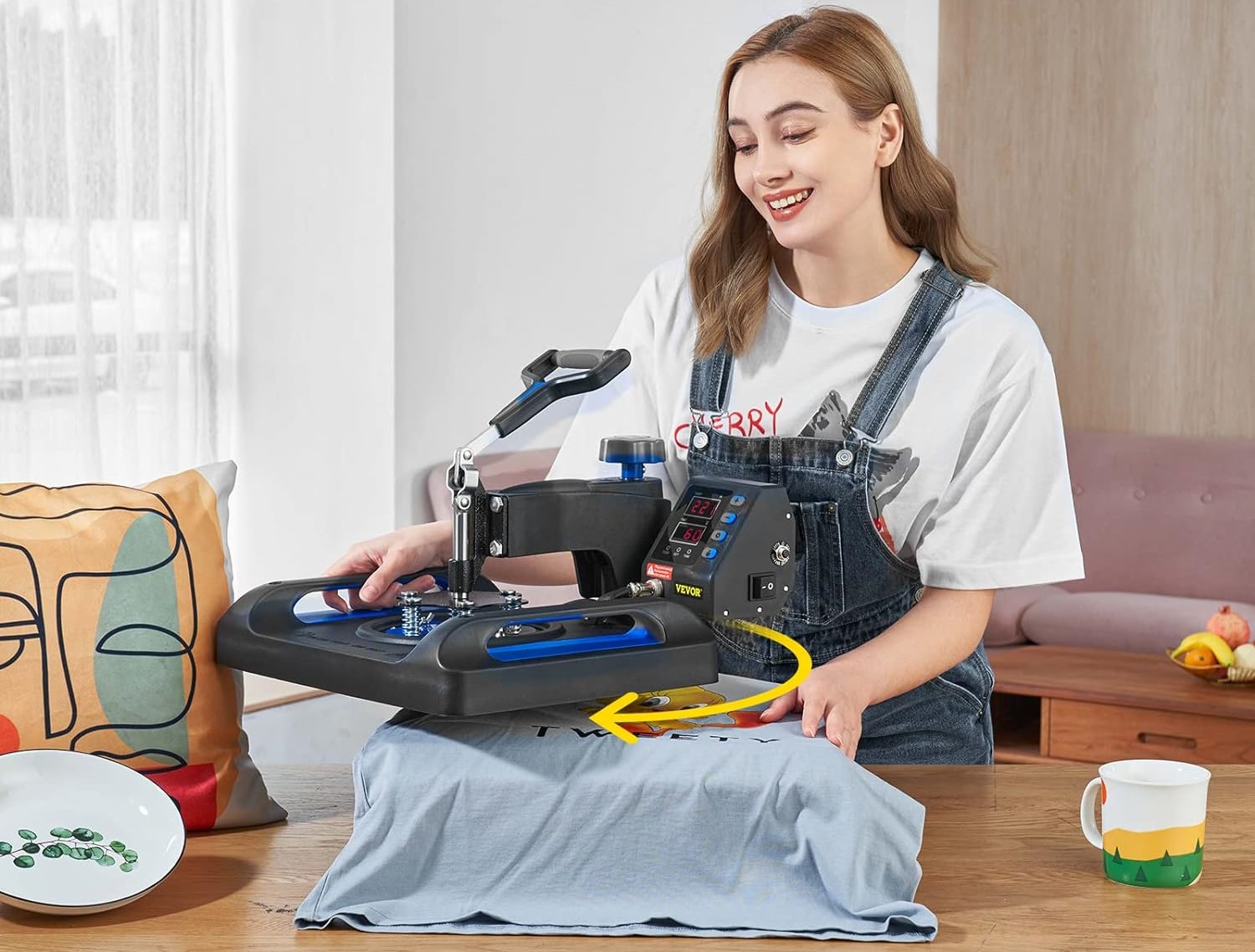
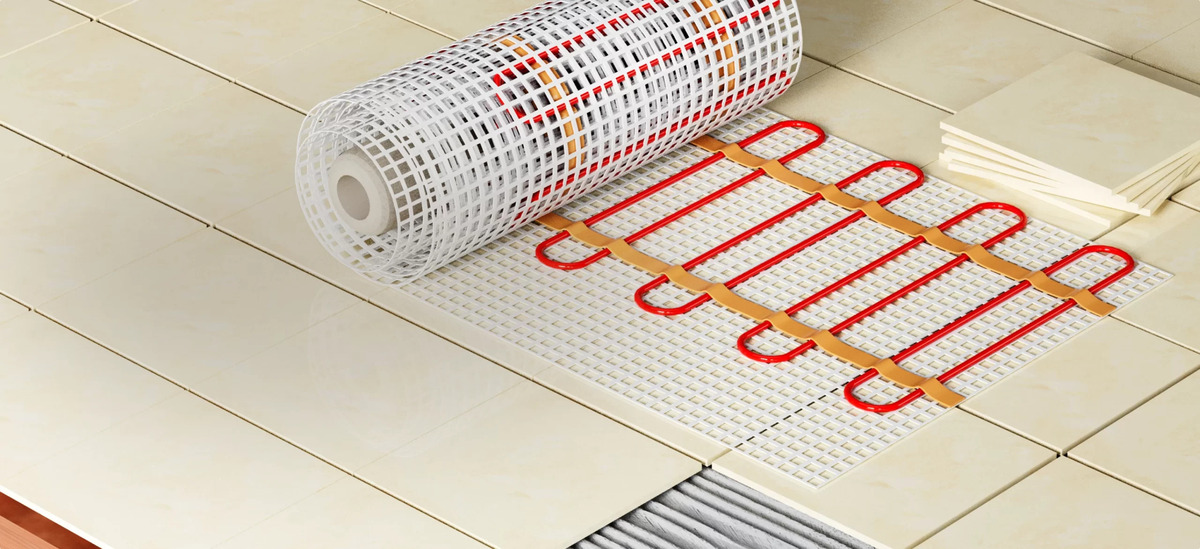
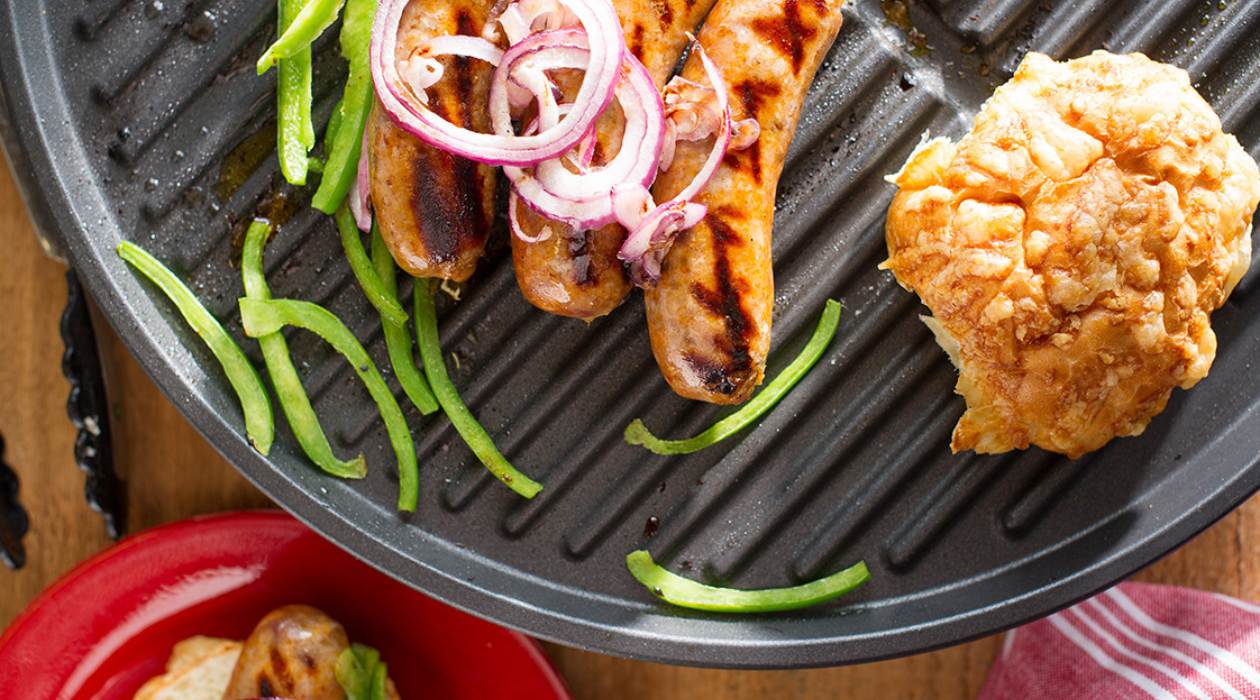
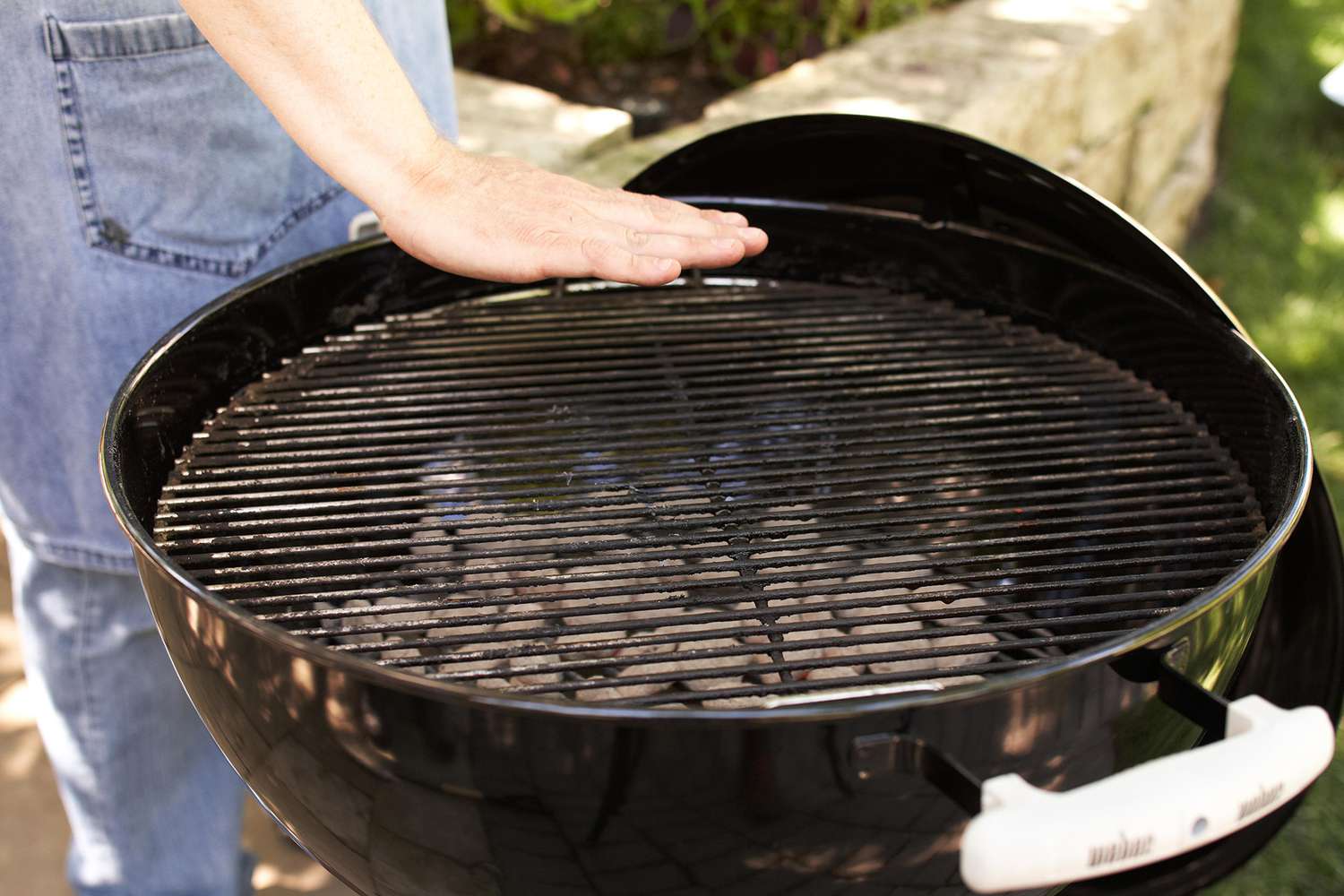
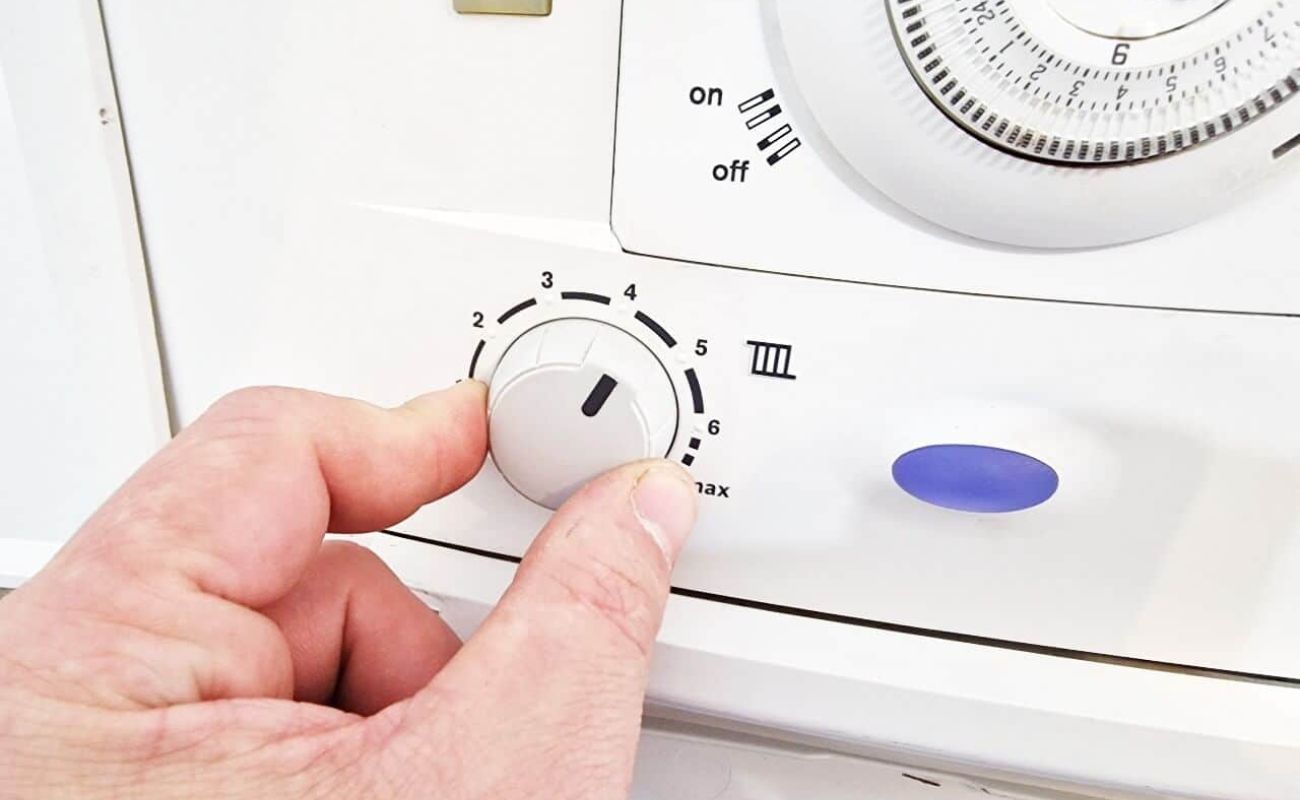

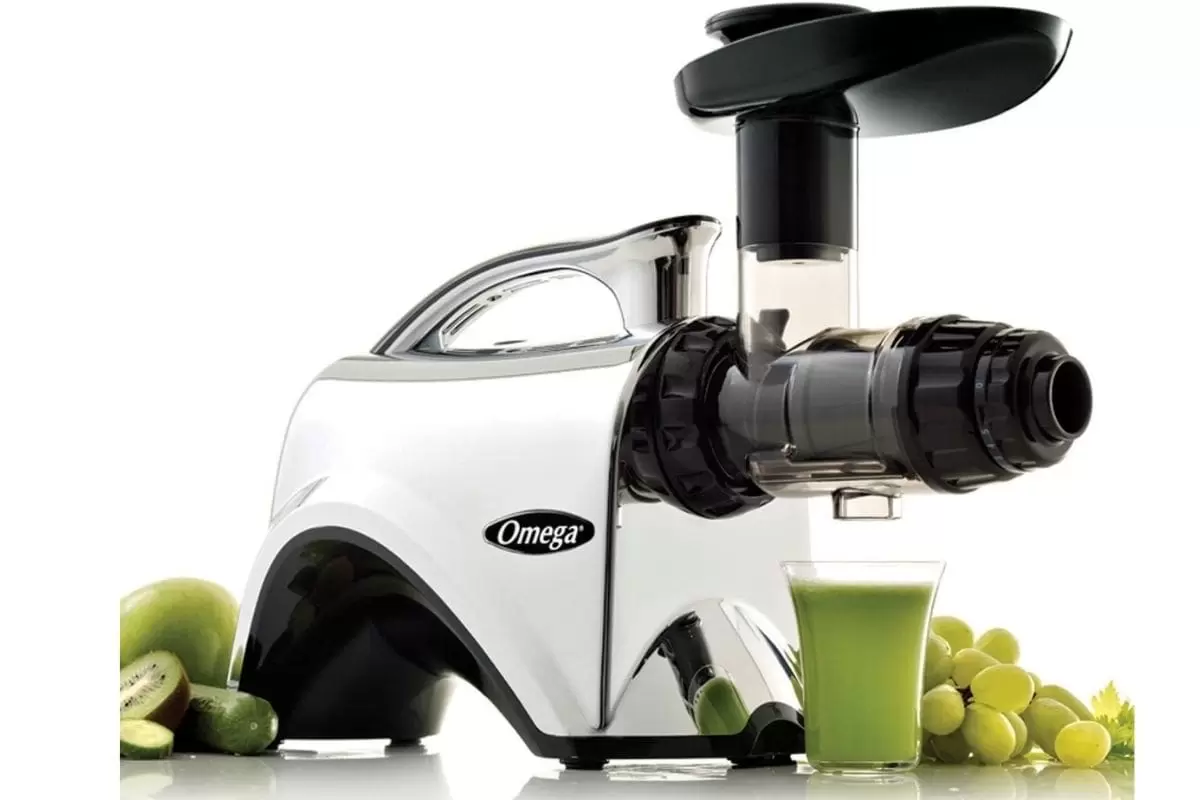
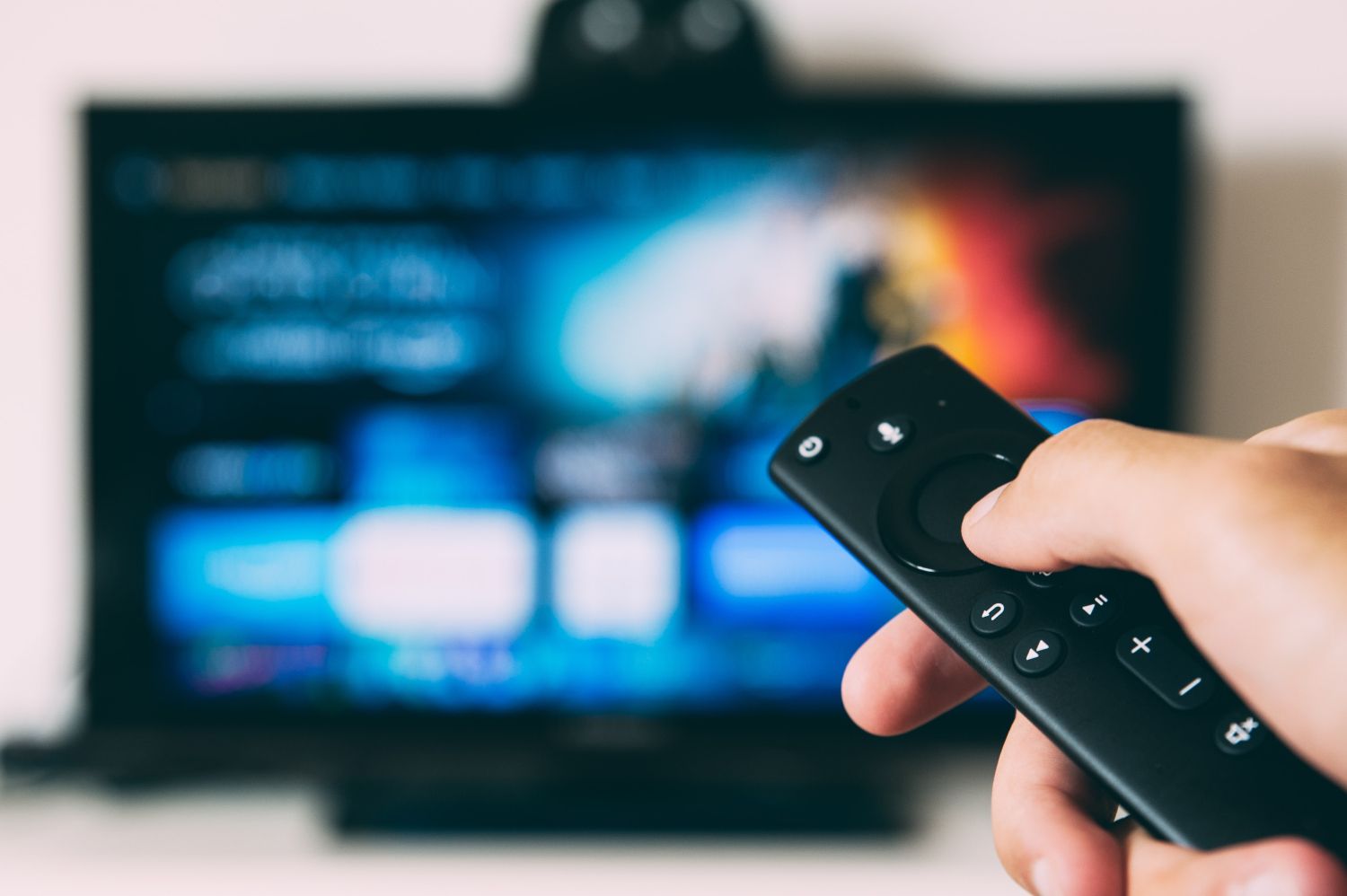

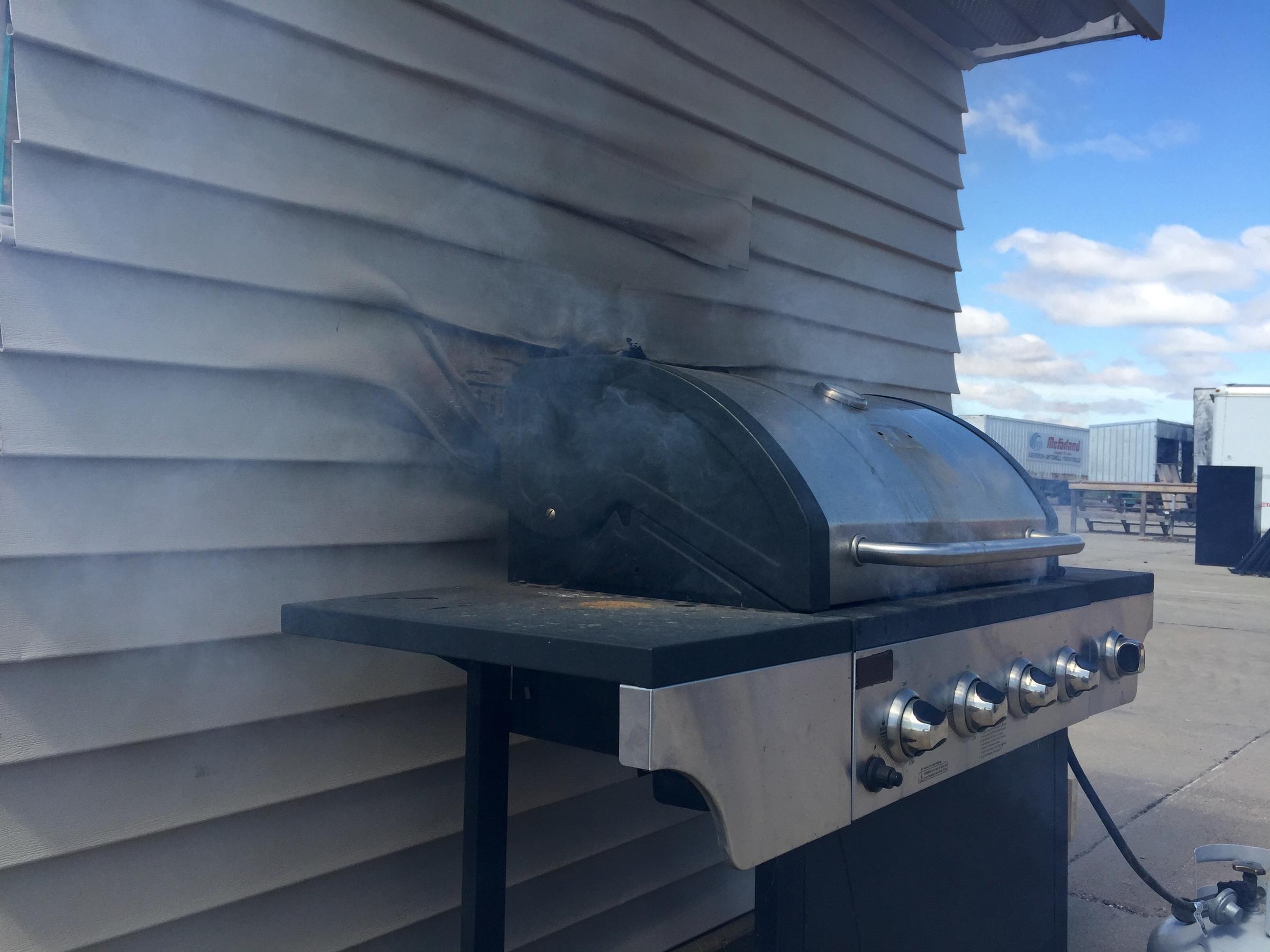
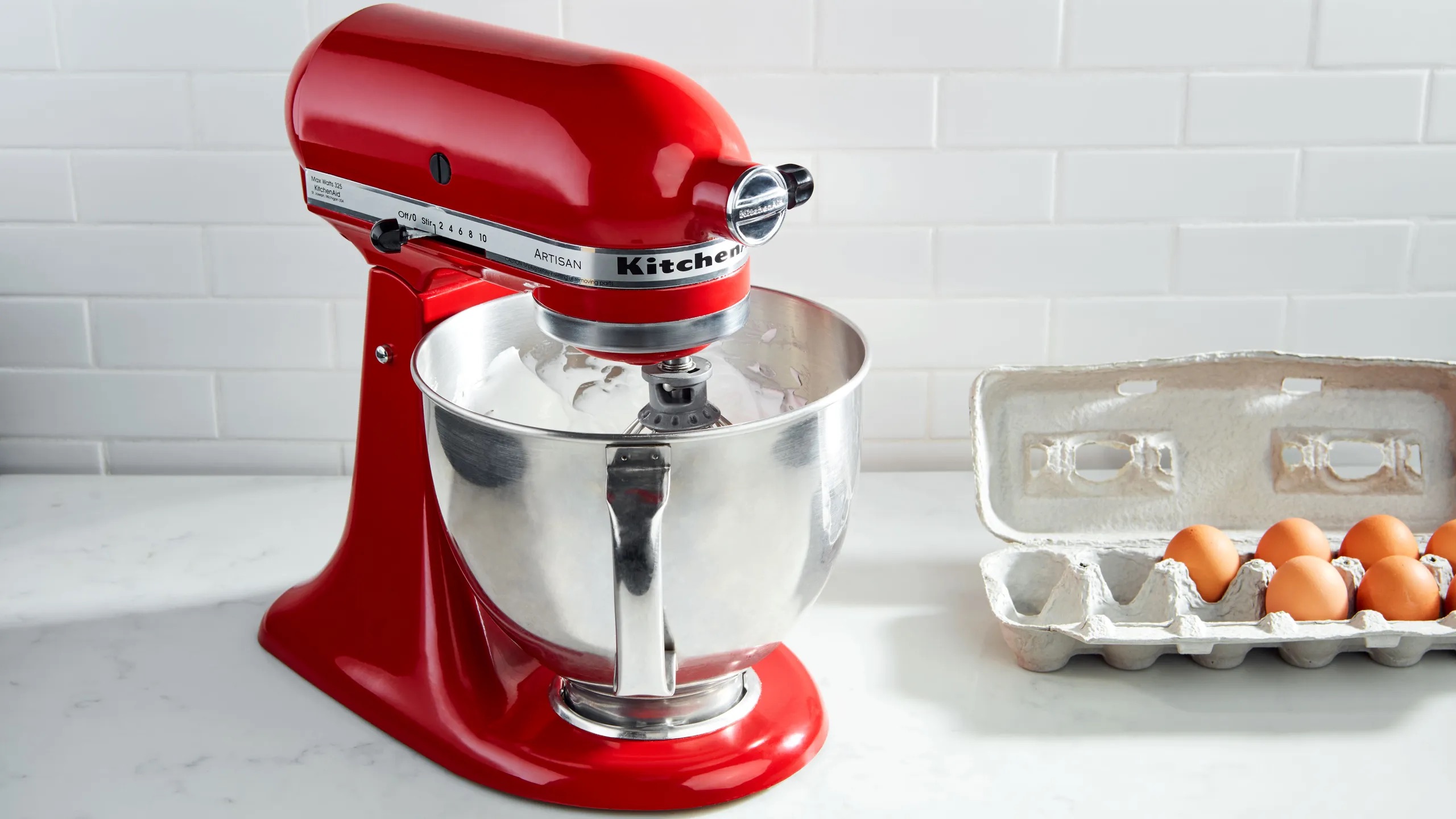

0 thoughts on “What Temperature Is Medium Heat On A Grill”